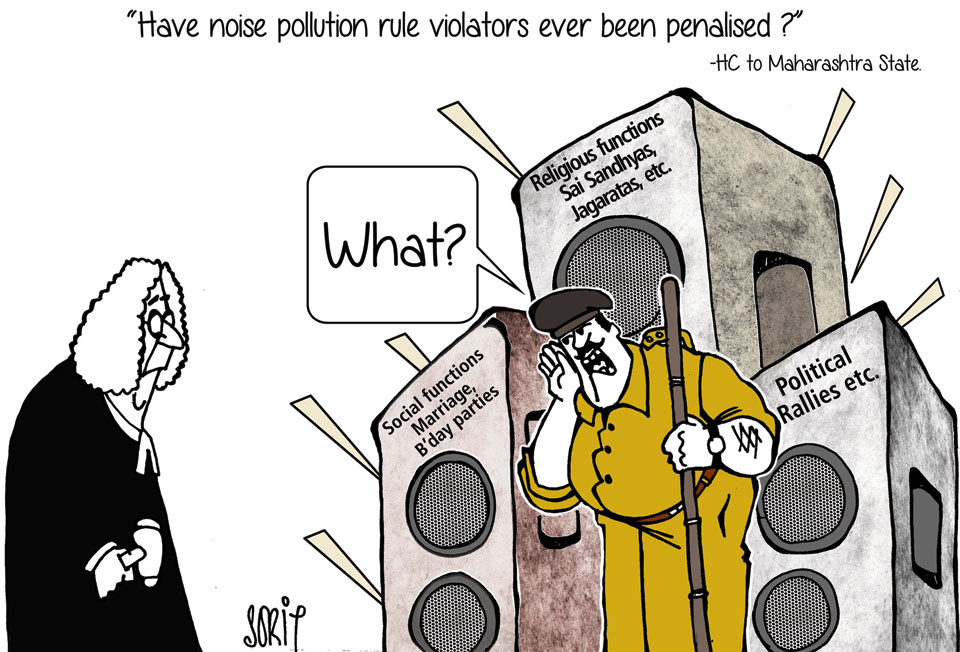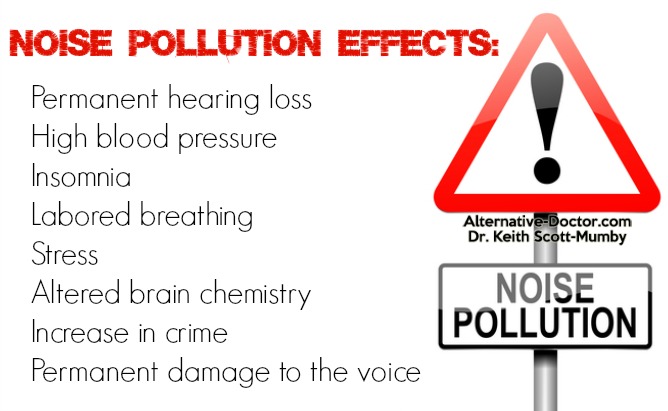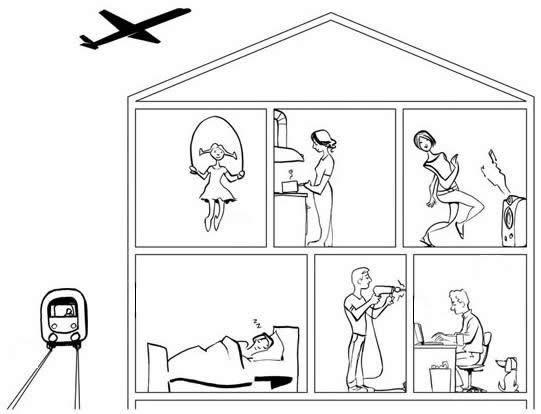
By Jordan Chia
Where Does All That Noise Pollution Come From?
Identifying noise pollution sources is the first step in buying a home, or accessing whether the noise problem can be addressed.
External Ambient Noise – Loud TV from the neighbors, drilling during renovation, traffic, etc, are all examples of external noise pollution that originate outside the house. These unwanted sounds usually leak in from the windows, but can come in through other means as well. Be extra careful when choosing a home and listen to the surrounding environment carefully before making any commitment.
External Impact Noise – This refers to impact noises created by neighbors or heavy objects falling in the unit directly above you. Loud footsteps, furniture movement, and jumping transmits impact noise to your unit.
Airborne Noise Within the Home – Home entertainment, such as hi-fi and karaoke systems can disturb adjacent rooms. In badly designed units, even speech or quiet sounds can be transferred readily through the walls. Privacy is compromised.
Machinery Noise – Air conditioning units, ventilation ducts, etc, can generate both airborne and structural noises. In addition, they can become pathways for other unwanted airborne sounds.
Is A Perfectly Quiet Home Even Possible?
City dwellers are constantly exposed to high levels of noise pollution. While we can find a home without at least one of these noise problems above, it is nearly impossible to find an apartment completely free from noise pollution.
Even if a home is “perfectly quiet”, the neighborhood can be subject to upgrading works or even the construction of a new shopping mall. Certain features of a home can either improve or worsen such noise.

Here are areas to watch out for…
Windows – Sliding windows offer poor noise reduction, allowing airborne noise to leak in through the little gaps that must be there to allow the sliding mechanism. Shutter windows are the worst of the lot. Instead, choose casement windows because they seal better at the edges, preventing outside noise pollution from coming into the home.
If you still require more noise isolation (in a particularly noisy area, perhaps), try installing a second window over your existing one. This should reduce noise levels far more than just a single window ever can.
A cheaper solution would be to create an acrylic window plug on top of your existing window. Cut a 2 inch thick clear acrylic to the same size as the actual window, and fit it within the frame. Seal it at the edges with foam tape or neoprene.
Balcony – Some condominiums and apartments have a balcony that is separated by a sliding glass door. This isn’t a good idea. Similar to a sliding window, it is basically impossible to seal a sliding glass door acoustically, especially if there is loud traffic or construction work outside. If you value peace and quiet over such a design, try to avoid it altogether.
Walls – Make sure that the walls between your unit and the neighbor’s are thick enough. The thicker the wall, the better. Walls need to meet an STC (Sound Transmission Class) of at least 45-50 to ensure a decent level of privacy. If loud music is being played in one particular room, an STC rating of 60 is required.
If you already own a home, and noise pollution is coming through the wall shared with a neighboring room, try putting a bookshelf filled with books against that particular wall and see if it helps to reduce the pollution level. If the problem still remains, renovation is required.
Improving the walls require building at least 2 layers of drywall to reduce noise pollution. A layer of acoustic glue should be applied between the original wall and the new dry wall, and the walls should be filled with rock wool or fiberglass wool. If you are unable to do this yourself, get a contractor.
Floors/Ceiling – Your neighbor’s floor could be coupled to your ceiling, or vice versa. Make sure that floors and ceilings the IIC (Impact Insulation Class) rating of about 50-70, depending on tolerance level of the individual. For example, if doing jumping exercises annoys the neighbor downstairs, jumping instead on a neoprene rubber mat can do much good to damp impact noise to a tolerable pollution level. The thicker the rubber mat, the better.
The same principle applies to the kick drum of an electronic drum kit. The problem becomes harder to solve if that activity is not insulated at that stage, requiring the resident below to install an acoustic ceiling.
Such a solution requires professional help and can be costly, so it is best to avoid that altogether if possible. Negotiating with your neighbor upstairs tactfully to use some of these suggested solutions can go a long way in saving cost and reducing impact noise pollution.
Doors – Even in a room with thick walls, a door with a small crack or hole can transmit unwanted sound in and out of room. Make sure that the doors are relatively thick, sealed well at the edges and have no holes. Adding acoustic seals around the edges of the door can do much to reduce noise pollution. For more serious problems, a thicker, “soundproof” door can be installed.
Air Conditioning Compressor and Other Machinery – Make sure air-con compressors are damped well in an appropriate housing because they can emit structural noise that travel through walls. Locate them outside a thick wall to minimize their disturbance. Electrical boxes between walls can also open physical holes that allow airborne sound to pass through. They should be sealed with acoustic putty.
Please visit our blog and Facebook page for more tips:
http://www.soundzipper.com/blog/
https://www.facebook.com/soundzipper
Article Source: http://EzineArticles.com/?expert=Jordan_Chia
Memtech Acoustical offers a wide range of products and services to improve any sound issues in your home or business, including acoustical doors and windows.

